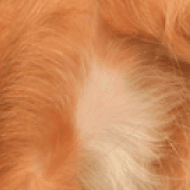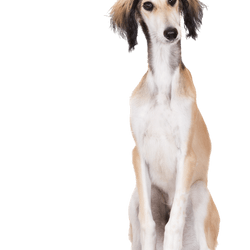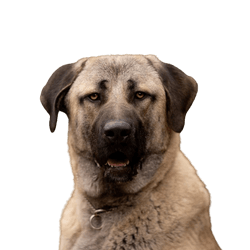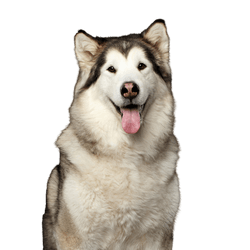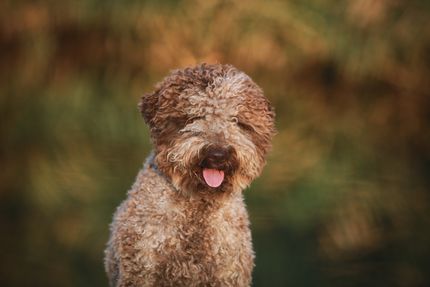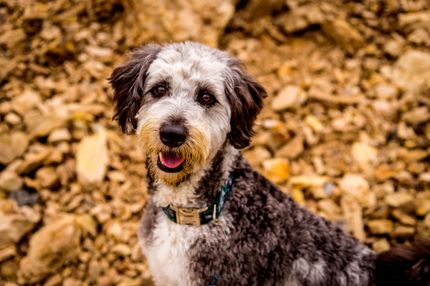Facts & Origin
The McNab is not a recognized US-American dog breed.
The origin of the McNab
Scotsman Alexander McNab came to Hopland, California in the late 19th century to raise sheep. His herding dogs, brought from Scotland, initially struggled with the rough terrain, heat, and local barbed plants. So he crossed his animals with breeds from indigenous nomadic peoples.
The result is still called the "McNab Collie", "McNab Sheepdog", "McNab Herding Dog" or simply "McNab". After Alexander McNab's death, his sons continued the ambitious breeding. Until the end of the last century, the McNab Dog was only known to regional farmers.
In the meantime he spreads along the west coast of the USA.
The breed characteristics of the McNab
The McNab is considered to be tougher and more aggressive than the European herding dog. It drives the herds not crouched, but in an upright posture.
A special anatomical feature are the cat-like paws. These let it act especially sure-footed and can perfectly resist the aggressive plant seeds on the spot.
Traditionally, the tail of the McNab Sheep Dog was docked more often. Today, this practice is frowned upon even in the U.S., yet some ranchers still adhere to it.
The McNab Dog has been denied recognition by official associations such as the Kennel Club or the FCI. Fanciers are currently trying to change this. In order to preserve the breed, they have founded the "McNab Shepherd Registry" (MSR) on their own. This non-profit organization keeps, among other things, collected genetic material of the animals.
- highly specialized herding dog from Northern California
- goes back to the Scot Alexander McNab
- not recognized breed
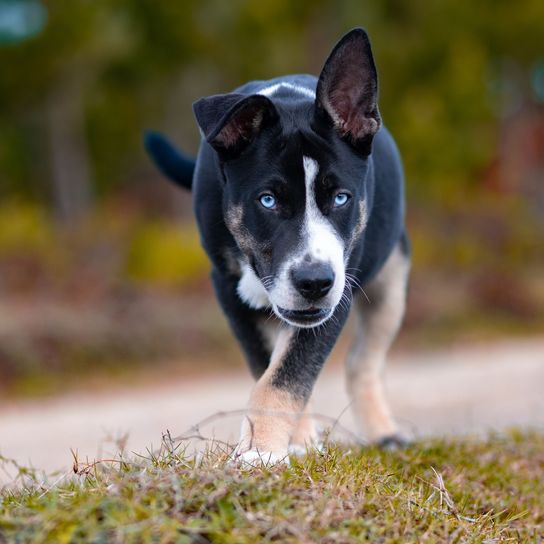
| Alternate Name | McNab Collie, McNab Sheepdog, McNab Herding Dog |
| Origin | USA |
| Life expectancy | 14 - 15 years |
| Care requirements | low-maintenance |
| Activity level | high |
| FCI group | not recognised |
| AKC group | not recognised |
| KC group | not recognised |
Attitude, character and temperament of the breed
Character traits and nature of the McNab
A McNab is a workhorse through and through. Farmers say it is "teasing," meaning a particularly independent personality that doesn't just follow orders.
As a house dog, this bundle of energy is less suited. It wants to run and herd. If you do not offer it this, it becomes aggressive or develops stereotypes.
- "teasing" herding dog with strong personality
- Working dog and not a pet
Character
Usage
Breed-typical diseases of the McNab
The McNab can carry the Collie hereditary disease "MDR1 defect". Affected dogs react to certain medications with an allergic shock.
Breeding, acquisition and keeping
The McNab is only available in the USA and should only be kept as a herding dog.
Caution is required when this dog or other exotic breeds are offered in our country. Some dog breeders try to imitate these rarities and then offer them to unsuspecting prospective buyers, sometimes at a very high price.

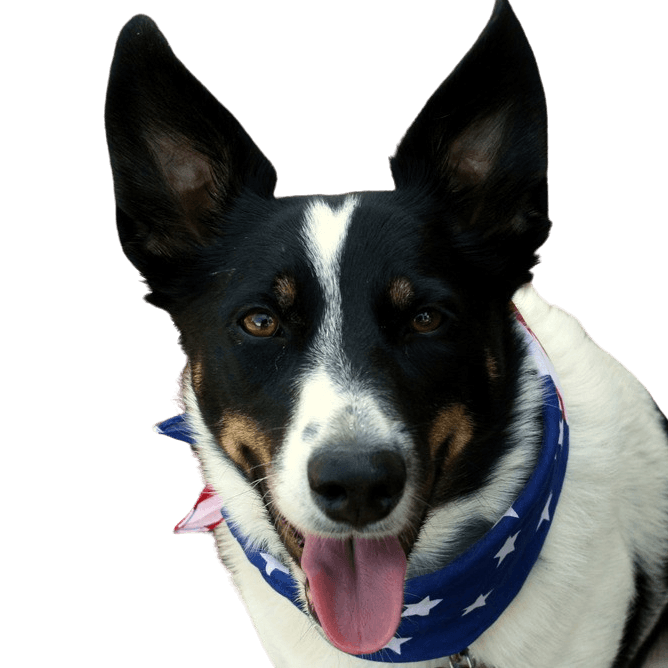
Appearance and coat of the McNab
The McNab Collie comes in the typical Collie colors of black and white, red and white, brown and white, and tricolor. It may have erect ears, small close-set or large semi-erect rose ears. The build is long-legged and athletic. The coat is short and easy to groom.
- similar to the Collie
- athletic appearance
Size, weight and life expectancy of the McNab
The standard of this breed is within the sworn community of farmers in the Northern California region. The dogs are selected for talent rather than external characteristics. The differences in height and weight can be quite large.
- Height at withers males 45 to 64 cm
- Height at withers females 40 to 54 cm
- Weight males 16 to 30 kg
- Weight bitches 14 to 23 kg
The life expectancy of these robust dogs is 14 to 15 years.
| Fur length | medium |
| Fur | flat coated |
| Ear shape | Standing Ears |
| Tail | lang |
| Anatomy | sporty |
| Size ♀ | 40 - 54 cm |
| Weight ♀ | 14 - 23 kg |
| Size ♂ | 45 - 64 cm |
| Weight ♂ | 16 - 23 kg |
| Suitable For | - |
Colors
Known Diseases
MDR1 defect
The MDR1 defect is a defect in the MDR1 gene that can occur in some breeds of dogs and in humans. This results in the deficient or absent synthesis of a certain protein which is an important component of the blood-brain barrier, leading to hypersensitivity to some drugs.




